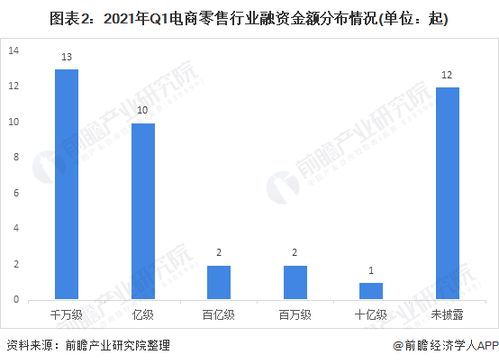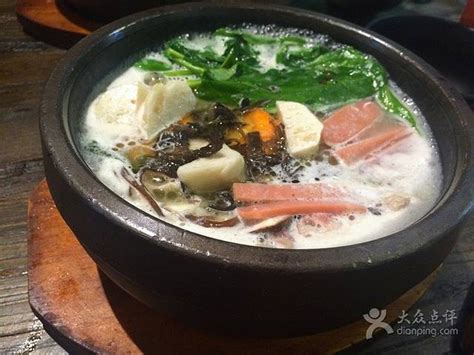电商视觉设计实训总结
When setting OKRs (Objectives and Key Results) for ecommerce visual design, it's essential to align them with overarching business goals while also focusing on specific aspects of design that drive user engagement, conversion, and brand perception. Here's a breakdown of how you might structure OKRs for ecommerce visual design:
Objective 1: Enhance User Experience
Key Results:
1. Increase website usability score by X% based on user testing feedback.
2. Reduce bounce rate by X% through improved visual hierarchy and navigation.
3. Achieve an average session duration increase of X% by enhancing visual appeal and engagement elements.
4. Improve mobile responsiveness to achieve a load time of under X seconds across all devices.

5. Implement A/B testing for visual elements to identify and implement improvements with at least X% uplift in conversion rate.
Objective 2: Elevate Brand Identity and Recognition
Key Results:
1. Conduct a brand audit and ensure visual design consistency across all touchpoints, achieving a brand recognition score of X%.
2. Increase social media engagement by X% through visually compelling content and consistent branding.
3. Launch a visual campaign that resonates with the target audience, resulting in a X% increase in brand mentions and positive sentiment.
4. Collaborate with influencers or partners to create visually appealing content that aligns with the brand identity, resulting in X% increase in reach and engagement.
5. Monitor brand perception metrics such as Net Promoter Score (NPS) and brand sentiment, aiming for a X% improvement over the quarter.
Objective 3: Drive Conversion and Sales
Key Results:
1. Optimize product page visuals to achieve a X% increase in addtocart rate.
2. Implement visual cues and persuasive design techniques to increase checkout completion rate by X%.
3. Improve product photography quality and consistency, resulting in a X% increase in product page dwell time.
4. Launch targeted visual campaigns for key products or categories, achieving a X% increase in sales for the promoted items.
5. Analyze user behavior and iterate on visual design elements to achieve a X% increase in overall conversion rate.
Objective 4: Foster Innovation and Experimentation
Key Results:
1. Establish a design thinking workshop to generate X number of innovative design ideas for improving user experience and brand perception.
2. Implement a rapid prototyping process to test and iterate on new design concepts, resulting in X% reduction in timetomarket for visual updates.
3. Launch a pilot program for incorporating emerging design trends or technologies, measuring user feedback and adoption rate.
4. Encourage crossfunctional collaboration between design, marketing, and product teams to generate X number of designdriven initiatives.
5. Establish a culture of continuous improvement by celebrating and sharing learnings from successful design experiments, resulting in X% increase in employee engagement with design initiatives.
By aligning visual design OKRs with broader business objectives and focusing on measurable outcomes, you can drive meaningful improvements in user experience, brand perception, and ultimately, ecommerce performance.











